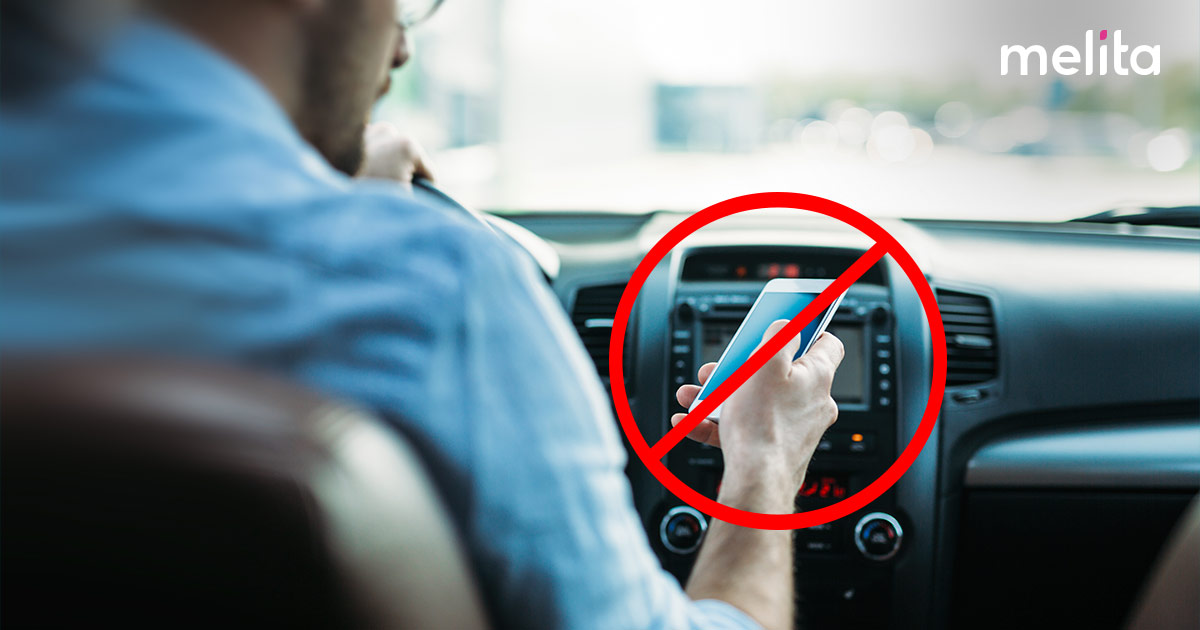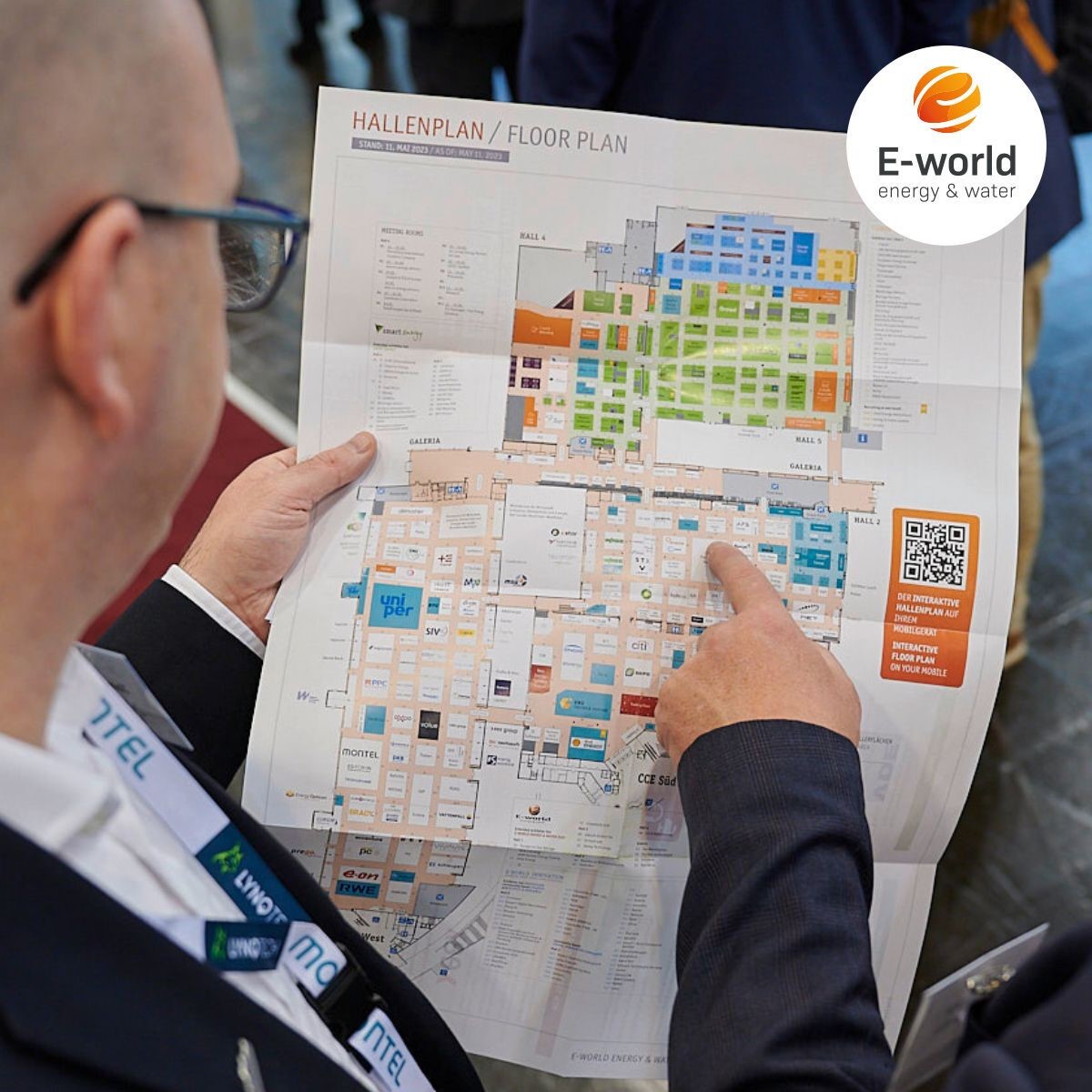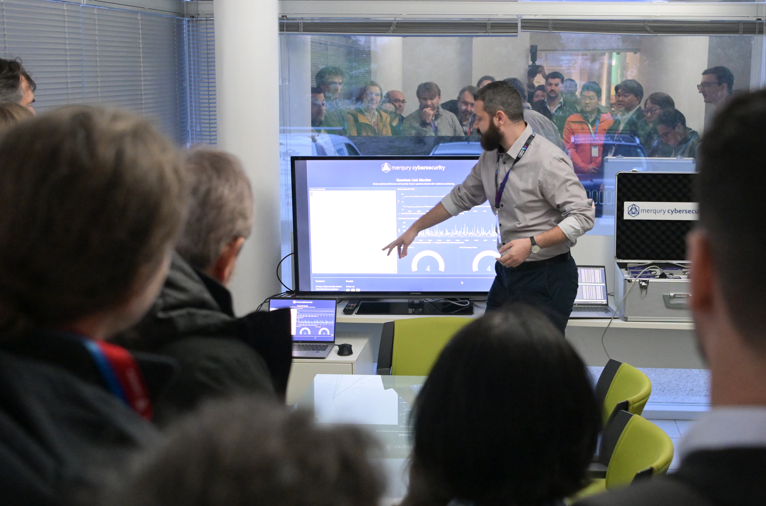
The introduction of the first iPhone in 2007 marked a monumental moment in our lives. We might not have known it at that instant, but life as we knew it changed forever.
Your smartphone is now your window into the world, and your portal to everyone you need to connect with. It’s your way of knowing what is going on around the world. It’s your go-to solution when looking for a restaurant, some new shoes or a ticket to see your favourite singer perform.
In a way we’ve become psychologically linked to our mobile device, and we’re constantly checking to make sure we haven’t missed out on anything. This almost Pavlovian conditioning can be very dangerous, though, for those that impulsively reach for their mobile phone while driving.
The Rise of Mobile Phone Usage in Vehicles
It’s estimated that drivers spend about 1:38 minutes on their mobile devices for every hour that they are driving. This is a 30% increase in this behaviour when compared to pre-pandemic use in February of 2020. A 2016 survey across 17 European countries showed that 36% of drivers read emails or text messages, and some 27% sent text messages or emails.
Observational studies were done to see how many drivers on the roadways were on their smart phones. In France, approximately 17,000 drivers inside a busy area were viewed, and 12.7% who were stopped were on their phones. Critically, some 6.9% of drivers who were moving were also using their smartphones.
Legal Implications of Mobile Phone Use While Driving
The very real effect of laws designed to curtail mobile phone usage in the car can be seen in recent statistics in Malta. Over the last five years, some 39,000 tickets for driving while using a mobile device have been issued. Each citation comes with a €100 fine, and deducts 3 to 6 penalty points. There has been a dramatic increase in traffic contraventions, with 4,600 tickets issued for this infraction in 2018; and that number increasing to 11,000 for this year so far.
In Malta, the law is very specific. Basically, you can not touch your mobile phone while driving or when you are stuck in traffic. You are allowed to take a hands-free call if you use controls built into the car itself, and don’t touch the mobile device.
The Distraction of Mobile Phones: Cognitive, Visual and Manual
There are three primary types of distractions that can be caused by mobile phone use while driving. Cognitive effects come from taking your mind off driving. Visual distractions occur because you take your eyes off the road, and manual diversions happen when you take your hands off the wheel.
Cognitive distraction can be the most dangerous. While hands-free phone use with speed dialing or voice activation may reduce the physical distraction, the most critical negative factor when making a call when driving is that attention is diverted from driving to the conversation. Reading or sending emails or texts while driving, of course, also has a severe impact. This activity affects cognitive, visual and manual attention.
Statistical Insight: Accidents Caused by Mobile Phone Use While Driving
In 2020, during the pandemic, in Great Britain, 17 people were killed and 499 were injured in car accidents when the driver was using a mobile phone. Now, during post-pandemic times, more cars are on the road and these statistics are climbing. 1 in 6 of the deaths claimed the life of a pedestrian or cyclist.
The statistics for distracted driving in the United States are even more concerning. During 2020, 396 people died when a mobile phone was being used during the moment of the crash. Smartphone use was the specific cause in 13% of all of the distracted driving accidents in the U.S.
The Impact on Insurance: Premiums, Claims and Penalties
If you get a penalty for using your mobile phone will driving, in addition to the cost of the ticket, it’s quite likely you’ll also pay a price with your insurance company. Often, this is considered a moving violation, and drivers have seen their insurance rates jump by an average of 30%. Rates may go up even more depending on where you live.
Even more importantly, if you are in an accident while you are on your mobile phone, your insurance may simply refuse to pay the claim. Multiple mobile phone while driving violations could even lead to you being denied insurance coverage from some carriers.

Technology’s Role in Combating the Issue: Hands-Free and Drive Mode Solutions
There are a variety of devices and accessories that are available to help you go hands-free. You could choose from a Bluetooth speaker that clips to your sun visor; when you connect the speaker to your phone, the built-in motion sensing will automatically turn it on. You can also look for a universal magnetic phone mount, a Bluetooth headset and there’s even a solar-powered Bluetooth hands-free kit.
To make sure that everyone’s in compliance with cell phone driving laws, you can also implement mobile phone blocking technology. Basically, you do this by downloading an app on your phone or installing a blocking device in your car. It then builds a “geofence”, or virtual barrier, around the driver. When it knows you are driving, it can silence your calls and texts, and even send out auto-replies to let others know you are on the road now.
Educational Initiatives and Campaigns Against Mobile Usage While Driving
Because of the tremendous cost in human lives, governments around the world have created campaigns to educate the public about the dangers of mobile phone use while driving. These initiatives, when combined with increased penalties for infractions, have had a positive result.
Creative video ads and public service spots with great tag lines have proven to be effective at helping raise awareness and lower rates of mobile phone use while driving.
Tips to Prevent Mobile Phone Use While Driving
We tend to react nearly instantly to a ping from our phone or a call that comes through, so it takes some diligence to plan for how to do things right. One of the simple steps you can take is to map out your route before you start driving, so you won’t have to interact with the phone’s GPS during your journey.
You can also choose your playlist before you start the engine, and turn your phone on silent while you are in the car and out and about.
Final Thoughts: The Road Ahead for Mobile Safety in Vehicles
Governments and public-interest groups will continue ramping up their public service advertising to help combat the toll of deaths and injuries due to mobile phone use while driving. This, combined with the increasing level of awareness and financial penalties when cited, may help lower annual deaths over time.
Just as lane departure and forward collision warnings have made driving safer, new technologies will increasingly be developed that help reduce the incidence of distracted driving and prevent the use of mobile phones while on the road.






